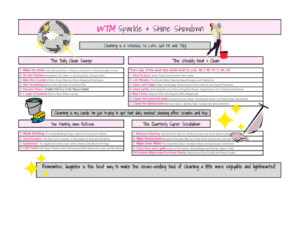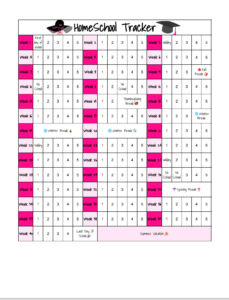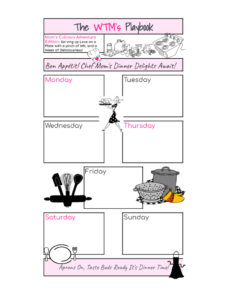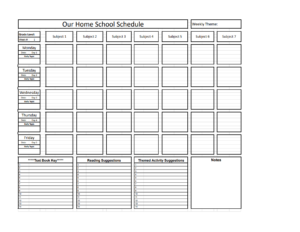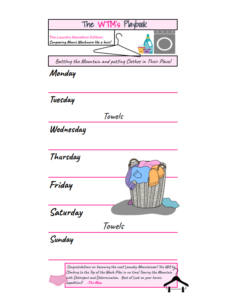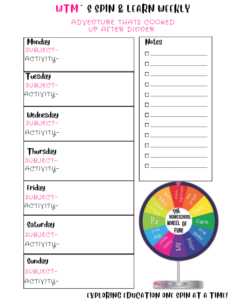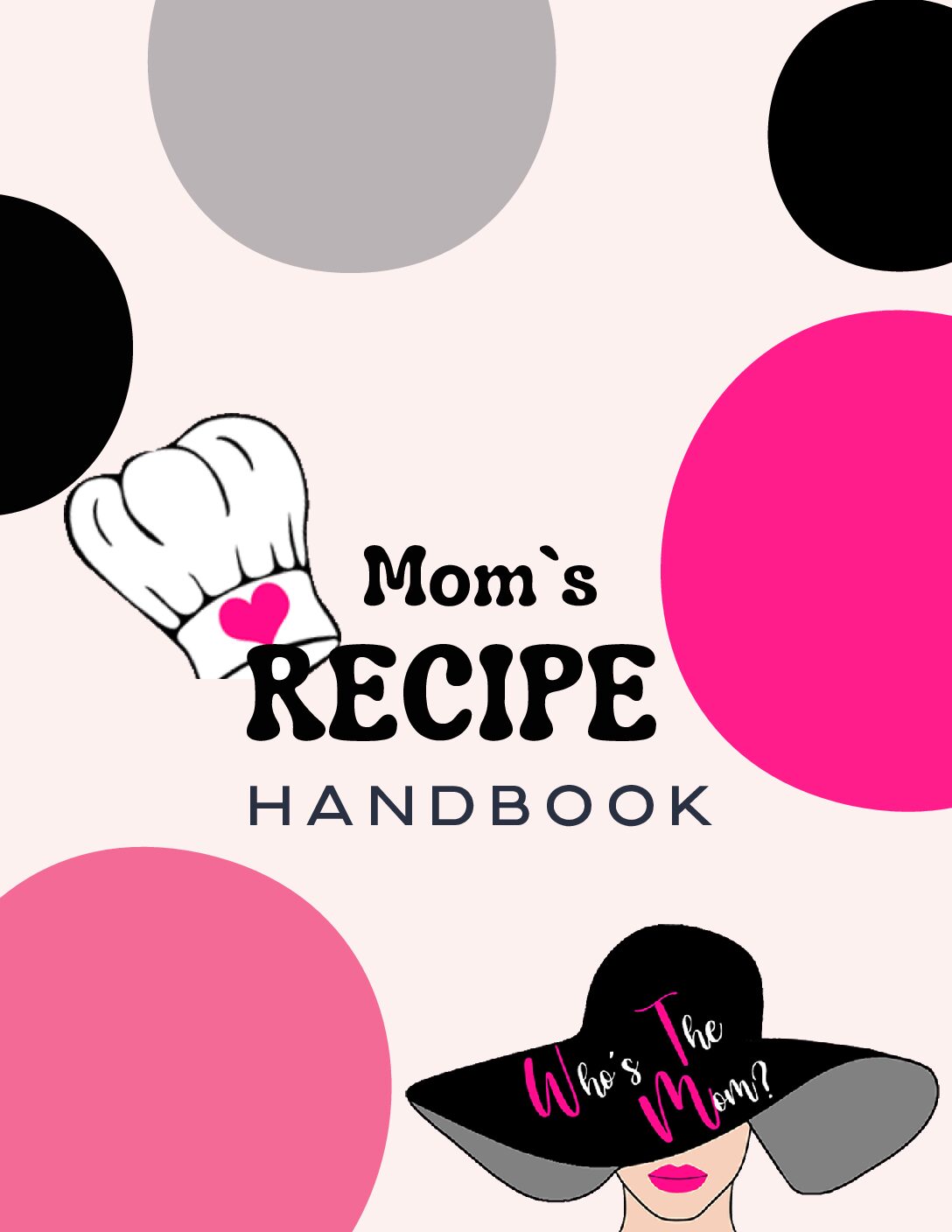Welcome, WTM followers! If you’re here, you’re probably already knee-deep in the whirlwind world of homeschooling. So, let’s get cozy and chat about something that’s near and dear to my heart – understanding your child’s learning style. As a homeschool mom who’s been through it all with four little rascals, I’ve learned that this journey isn’t just about equations and grammar; it’s a daily adventure that’s equal parts chaos and joy.
Visual Learners: Alright, visual learners, we see you! These kiddos are the ones who’d rather stare at a map than listen to a geography lesson. If they’ve got a knack for spotting patterns quicker than Waldo, you’ve got yourself a visual learner. These kids practically inhale information when it’s served with a side of visual flair.
Auditory Learners: Now, let’s talk about the chatty ones, the auditory learners. They’re the ones who could talk your ear off about their favorite audiobooks or podcasts. If your child can recite every line from their favorite audiobook but can’t remember where they left their shoes, you’re dealing with an auditory enthusiast. These mini-Mozart’s thrive on the spoken word. Discussions? They’re in their element. Their secret power? Repeating everything they learn aloud, like a mini-lecturer teaching an invisible class.
Kinesthetic Learners: Oh, the kids who never seem to sit still – the kinesthetic learners. If your living room often turns into an obstacle course, and your couch becomes a launchpad for their acrobatics, these active souls thrive on hands-on experiences and physical adventures. If they’re constantly in motion, and their favorite learning tools are their hands and feet, congrats, you’ve got a kinesthetic dynamo. For these kids, education is a hands-on experience, quite literally.
Reading/Writing Learners: Is your home overflowing with books, and your kid’s idea of fun is jotting down stories or meticulously detailed notes? Bingo! You’re raising a reading/writing enthusiast. For these wordsmiths, the world of learning is written in ink and paper. They might even draft you a manual on how to homeschool (just kidding), they’re proudly in this category.
Now, let’s embark on the journey of determining your child’s learning style in this magnificent homeschooling adventure without losing your sanity:
Observe their preferences: Watch how your little learners naturally gravitate dive towards learning materials. Are they drawn to colorful visuals, deep discussions, hands-on experiments, or filling notebooks with their thoughts? It’s like solving a Sherlock Holmes mystery, but with fewer magnifying glasses.
Ask for feedback: Chat with your mini-scholars. Ask them what activities or resources they adore most. Kids always have strong opinions about what works best for them. Their insights are gold, trust me.
Experiment, experiment, experiment: Homeschooling is like cooking – you’ve got to try different recipes before you find the one that everyone loves. Introduce a smorgasbord of learning materials and methods. From paints and puzzles to podcasts and passionate debates, let them taste a bit of everything. Then, sit back and see what sticks like spaghetti on the ceiling (metaphorically, of course).
Consider the learning environment: Watch how they bloom in different settings. Some kids need peace and quiet, others crave movement, and a few thrive on social interaction. Observe their natural habitat. The environment plays a huge role in their learning style. Some thrive in quiet, cozy corners, while others need a little more room to spread their wings (and maybe even flap them).
Assess those learning outcomes: Track their progress and how they react t to different learning experiences. Are their light bulbs of understanding flickering brightly or just barely glowing? Which ones sends them on a rocket to the moon of learning? Keep notes, like a secret agent gathering intel. This detective work will help you fine-tune your homeschooling game.
Now, here’s the deal, dear homeschooling comrades: understanding your child’s learning style is the key to unlocking their full potential. Every child is a one-of-a-kind masterpiece, and a tailored approach to learning styles will have you basking in the rewards of happy, engaged little learners. Like a master chef crafting the perfect dish, you’ll adapt, mix, and blend until you find the recipe for your child’s educational success. Creating a homeschooling curriculum that caters to their uniqueness, and remember, flexibility is your secret weapon.
So, dear fellow homeschooling parents, embrace the chaos, celebrate the quirks, and keep learning alongside your little adventurers. Our homeschooling journey is like a winding river, but it’s one with a view that’s worth every twist and turn towards new horizons. Happy teaching, my fellow moms and dads, and let the adventure continue!




































